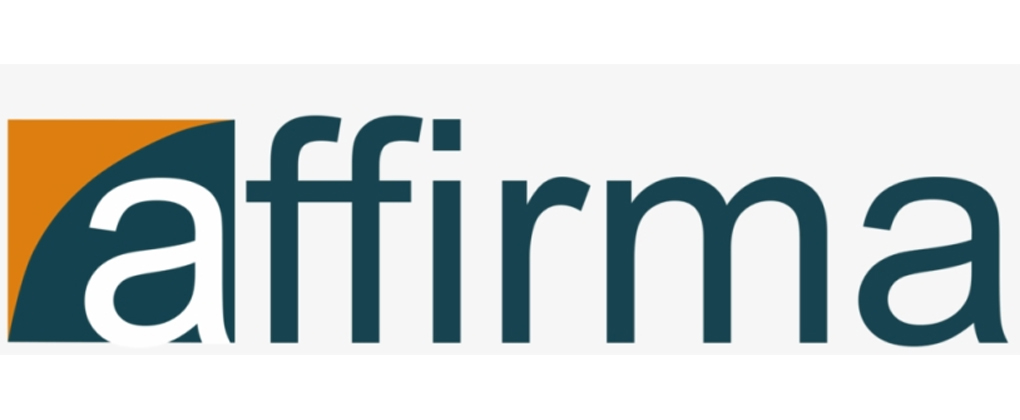Top 10 Wells Fargo Competitors In 2023
Wells Fargo is an American financial services company headquartered in San Francisco, California. Even though it has no offices outside of the US, Wells Fargo runs subsidiary companies and affiliates in Canada and 30 other countries spread across Latin America, Europe, and Asia. It is among the top 10 largest banks in the world by revenue. The company was founded by Henry Wells and William Fargo in 1852 to buy gold and sell paper bank drafts. The booming gold business enabled it to expand to other cities. As of 2019, Wells Fargo had 263,000 employees and a revenue turnover of $103.91 billion. It was named the most valuable banking brand in the US by Brand Finance and the 5th most profitable American company by Fortune.
| NAME | Wells Fargo & Company |
| FOUNDED | 1852 |
| HEADQUARTERS | San Francisco, California |
| SIC CODE | 6021 |
| STATUS | Public |
| INDUSTRY SECTOR | Financial Services |
| EMPLOYEES | 263,000 |
| TRADING SYMBOL | NYSE: WFC |
Wells Fargo similar companies:
Citigroup, Bank of America, JPMorgan Chase, Goldman Sachs, State Street Corporation, BNP Paribas, Morgan Stanley & Co., U.S. Bank, PNC Financial Services Group, and Royal Bank of Canada.
How Wells Fargo Makes Money
Wells Fargo is one of America’s biggest financial institutions. In 2019, the bank generated $103.92 billion in revenue. The company made its revenue from three primary business segments; wholesale banking, community banking, and wealth and investment management.
Community Banking
The Community Banking segment brought in revenues from the sale of banking products designed for individual consumers and small businesses. They include savings and cheque accounts, debit and credit cards, auto loans, and mortgages among other lending products. Wells Fargo also offers insurance and investment services in 39 states and Washington D.C. This segment accounted for the largest portion of the company’s revenue.
Wholesale Banking
In this segment, the bank provides the same services as in the Community Banking segment. But the services target established businesses, institutions, and governments. In addition to the regular services, Wells Fargo also offers corporate trust, treasury management, and equipment financing services among others.
Wealth And Investment Management
In the last segment, the company offers retirement and investment products to individuals, businesses, and institutions through the Wells Fargo Asset Management and Wells Fargo Advisors among others. It includes the company’s brokerage services and financial planning services to high-value customers.
Citigroup
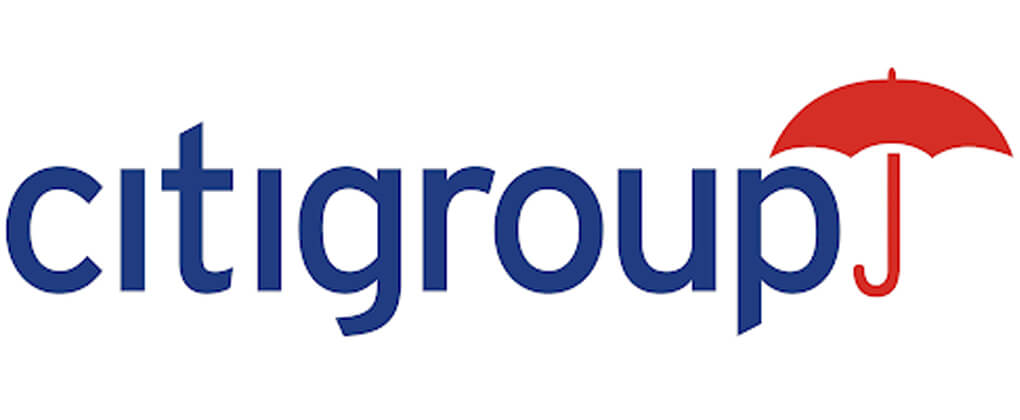
Citigroup was established in 1998 after the merger of Citicorp (founded in 1812 as City Bank of New York) and Travelers Group (founded in 1986 to provide consumer finance, insurance, brokerage, and credit services). Its subsidiaries include Citibank, Citibank Private Bank, Citibank Europe, Bank Handlowy, and Grupo Financiero Banamex among others. Headquartered in New York City, Citigroup has a presence in 97 countries. With a revenue turnover of $103.45 billion in 2019, Citigroup is one of the largest banks in the US and is considered a systemically important financial institution. It is the leading issuer of credit cards in the world. As of 2019, the company had 200,000 employees.
Citigroup has a different business model from that of Wells Fargo. While the latter focuses on consumer lending and wealth management, Citigroup targets consumer credit cards and investment banking besides institutional trading operations. It is also more focused on the international markets while Wells Fargo primarily operates within the US. Despite its focus on the highly volatile credit card business, Citigroup’s revenues have been growing steadily. On the other hand, Wells Fargo has experienced declining revenues in the past few years due to customer abuse scandals such as fake customer account opening by employees. It is spending more on compliance than on growing its business.
Bank of America
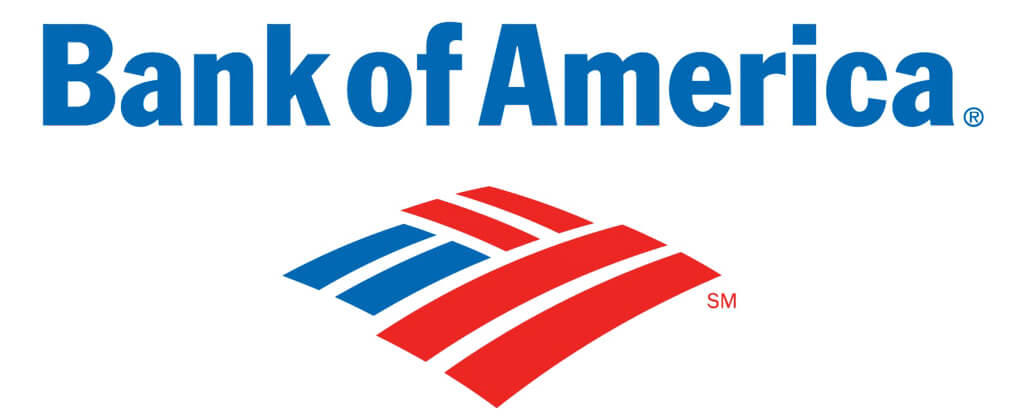
The Bank of America provides financial services dealing with commercial banking, investment banking, and wealth management. Headquartered in Charlotte, North Carolina, the Bank of America services about 10.73% of all bank deposits in the United States. It is the second-largest financial institution in America after JPMorgan Chase. The bank was established in 1998 after NationsBank merged with BankAmerica. As of 2019, the Bank of America had 137,072 employees and a revenue turnover of 113.59 billion.
The Bank of America and Wells Fargo make up the top three banks in America together with JPMorgan Chase. In a 2019 consumer survey by Cornerstone Advisors, it was revealed that 44% of Americans between the ages of 21 to 37 years prefer banking with any of the three banks. They were going toe to toe until Wells Fargo customer abuse scandals blew over. Now it is closer to slipping to fourth than climbing to second-place.
JPMorgan Chase
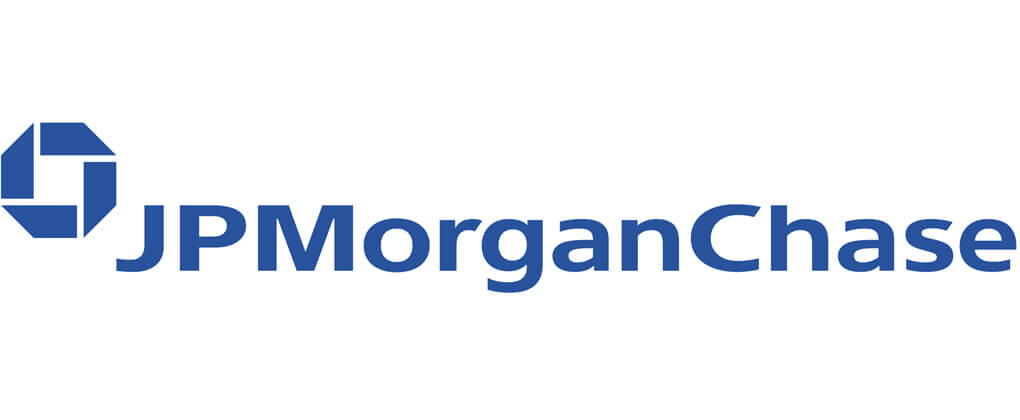
JPMorgan Chase is the largest bank in the United States and the sixth-largest financial institution globally. It is considered both a custodian bank and a universal bank. The bank offers private banking, investment banking, asset management, private wealth management, and treasury services. Its subsidiaries include Chase Bank, J.P. Morgan & Company, and One Equity Partners. JPMorgan Chase was established in 2000 after a merger between J.P. Morgan & Company and the Chase Manhattan. It is headquartered in New York City, New York. As of 2019, JPMorgan Chase had 256,981 employees and $142.42 billion in revenues.
JPMorgan Chase is America’s largest bank by assets and revenues. One of the factors that give the bank an edge over its competitors such as Wells Fargo has that it has a more diversified business model and revenue streams. While Wells Fargo made 72% of its revenue from consumer and commercial banking, JPMorgan Chase made only 51% from the same segments and another 25% from sales and trading. Wells Fargo’s recent troubles will only serve to widen the gap between itself and JPMorgan Chase.
Goldman Sachs
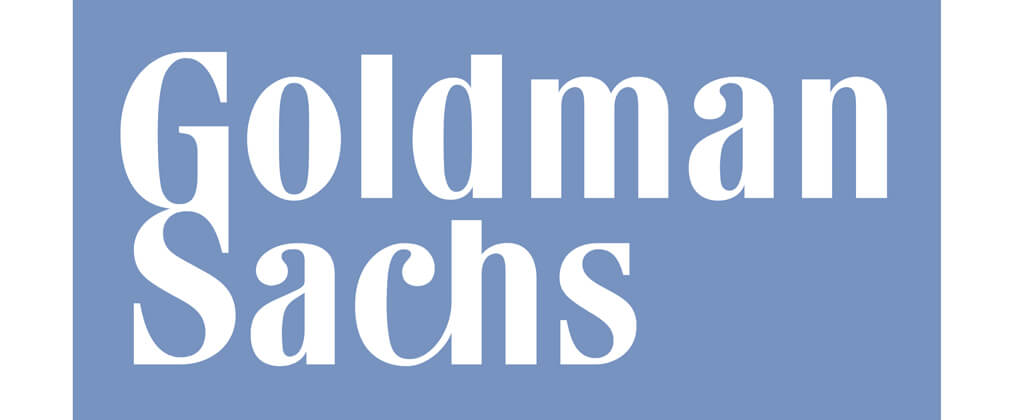
Goldman Sachs was founded in 1869 by Marcus Goldman and Samuel Sachs. It is one of the leading financial institutions with regards to investment banking, investment management, and securities trading. Headquartered in New York City, New York, the institution operates four subsidiary brands including Ayco, Goldman Sachs Personal Financial Management, Goldman Sachs Capital Partners, and Marcus by Goldman Sachs. Besides individual customers and corporations, Goldman Sachs also serves governments and other financial institutions. Its revenue in 2019 was $36.54 billion and it had 38,300 employees. It won the 2019 FinanceAsia Country Awards for the best international investment bank in Hong, Kong, India, and China.
Goldman Sachs was once one of the major giants of America’s financial industry. Then the 2008 financial crisis struck and the bank’s downfall began. Now it is playing catchup with Wells Fargo. Sources within the investment banking sector speculate that the institution is looking to acquire a major commercial bank to boost its standing in the financial industry. And Wells Fargo is among the top candidates for the acquisition. Whether the acquisition goes through remains to be seen even though industry experts are skeptical about it.
State Street Corporation
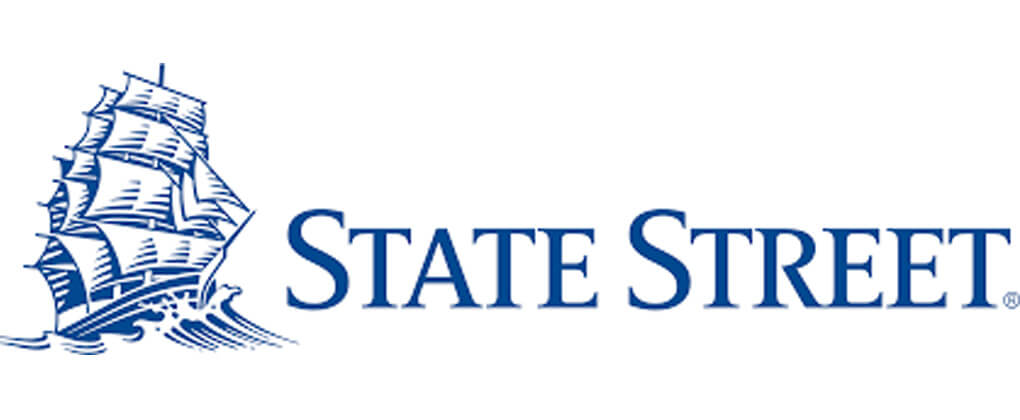
State Street Corporation was founded in 1792 as the Union Bank in Massachusetts. It received a national charter in 1865 and was renamed the National Union Bank of Boston. In 1925, the bank merged with State Street Deposit & Trust Co (founded in 1891) and rebranded to State Street Corporation. It is the second-oldest bank in the United States. In terms of assets, State Street is the 15th largest American bank but is ranked the second-largest custodian bank globally. As of 2019, the bank had 39,103 employees and a revenue turnover of $13.13 billion. State Street is headquartered in Boston, Massachusetts.
While State Street is one of the largest investment and custodian banks in the world, its revenue is still a fraction compared to the leaders in the financial industry such as Wells Fargo. One of the factors that have been cited for the company’s dismal performance is the lack of accountability by its management. In 2019, Wells Fargo downgraded State Street from “outperform” to “market perform” in its stock ratings. Goldman Sachs also downgraded it from “buy” to “neutral.”
BNP Paribas
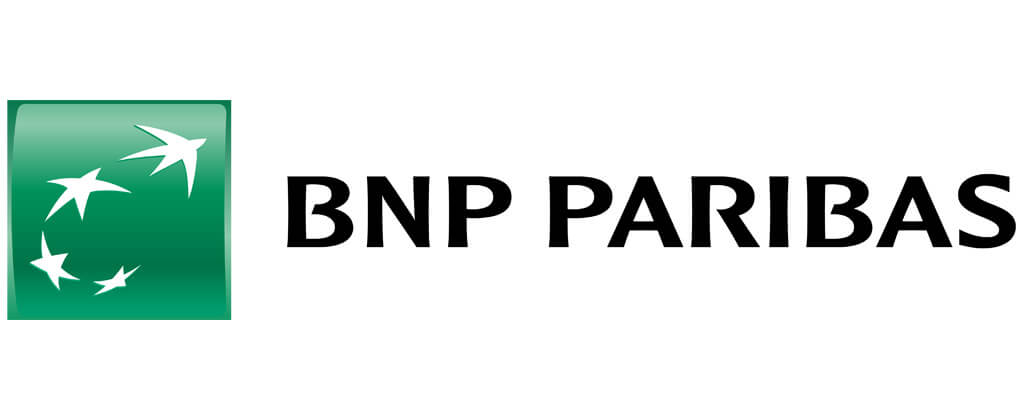
BNP Paribas was founded in 2000 after Banque Nationale de Paris (BNP) merged with Paribas. Headquartered in Paris, France, the bank has operations in 72 countries around the world. At the moment, it is the largest bank in the Eurozone and the 8th largest bank in the world by assets. BNP Paribas offers both retail banking and investment banking services for corporate and institutional clients. The bank posted $50.6 billion in revenues and had 198,816 employees in 2019.
In 2014, BNP Paribas was fined at least $8 billion by the US federal government for violating US regulations and evading sanctions. That is the largest fine ever served on a bank. Despite the setback, it has still been able to maintain its place among the world’s largest banks and has been growing steadily. While its revenues cannot still match up to Wells Fargo’s, the latter’s troubles will play to BNP Paribas’ advantage and help it close the gap.
Morgan Stanley & Co.
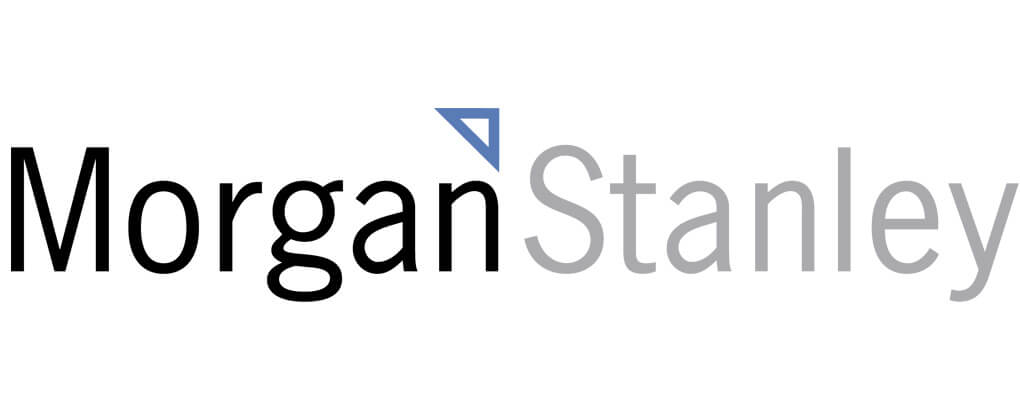
Morgan Stanley was founded in 1935 by J.P. Morgan, Henry Sturgis Morgan, and Harold Stanley among others. In 1997, it merged with Dean Witter Discover & Co. to form the largest securities firm in the world. It was briefly renamed Morgan Stanley Dean Witter Discover & Co. before reverting to Morgan Stanley in 2001. Headquartered in New York City, New York, the bank has operations in over 42 countries around the world. It offers institutional securities, investment management, and wealth management services to individual customers, corporations, institutions, and governments. Its revenue for 2019 was $41.41 billion. It has 60,431 employees.
Just like Wells Fargo, Morgan Stanley has had its fair share of trouble relating to customer abuse. It has been heavily fined in 2014 and 2019 (twice in both years) for various violations. While Wells Fargo outclasses it on overall revenue, Morgan Stanley (2nd) ranks higher than Wells Fargo (4th) when it comes to wealth management.
U.S. Bank
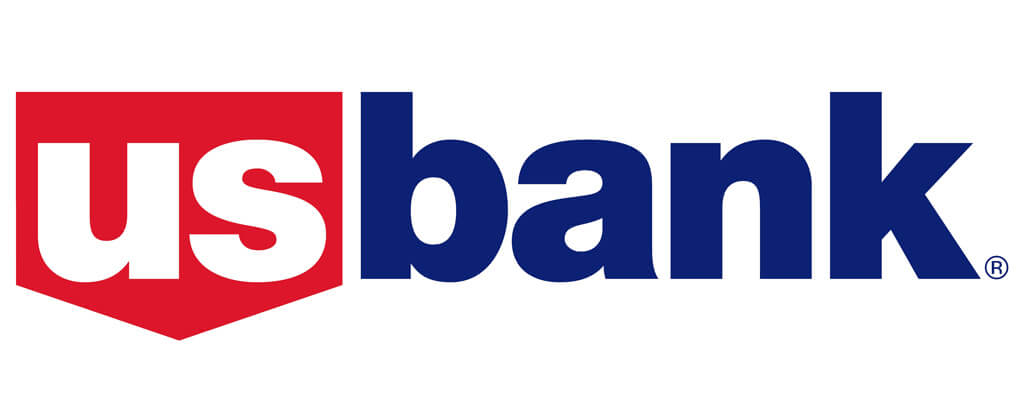
US Bank was founded in 1863 as the First National Bank of Cincinnati. It later merged other regional banks and was rebranded to the US Bank in 2001. Headquartered in Minneapolis, Minnesota, the US Bank is the fifth-largest American bank in terms of assets with assets valued at $495 billion. Its services include consumer, business, corporate, and commercial banking. It also offers wealth management, investment management, and payment services. It had 69,651 employees and a revenue turnover of $27.32 billion in 2019.
US Bank’s growth has been steady since the 2008 financial crisis. But it still cannot level up to Wells Fargo despite offering lower cheque account fees, more options for deposit accounts, and a more positive public perception. This may be because Wells Fargo has better accessibility within the US and also has international operations.
PNC Financial Services Group
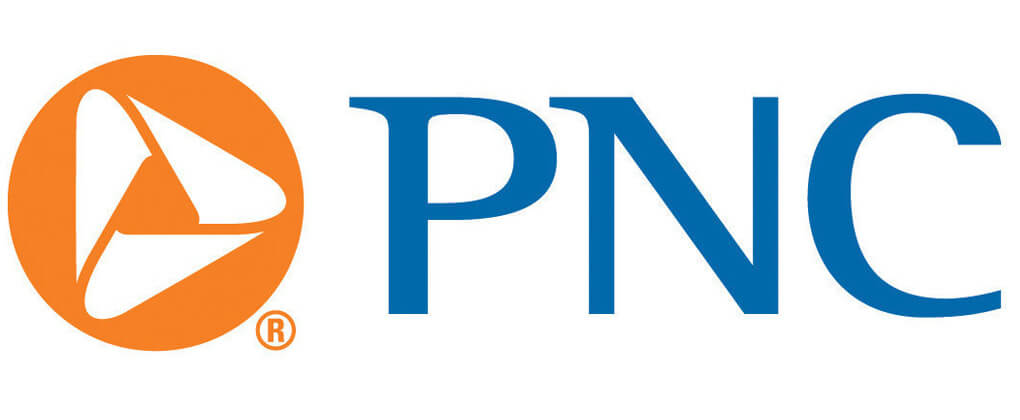
PNC Financial Services Group was founded in 1845 in Pittsburgh, Pennsylvania, as the Pittsburgh Trust and Savings Company. It, however, started operations in 1852 as it spent the years between recovering from the Great Fire of Pittsburgh. The company changed its name twice before finally rebranding to the Pittsburgh National Corporation in 1969. It offers retail banking services through its PNC Bank subsidiary. Other financial services include loan servicing, wealth management, asset management, and estate planning. It had 51,918 employees and a revenue turnover of $21.62 billion in 2019.
PNC cannot match up to Wells Fargo in terms of revenue. But it is one of the leading residential mortgage financing providers in the United States, something that Wells Fargo. The two companies partnered to form a joint venture, PNC Mortgage, for home mortgage products.
Royal Bank of Canada
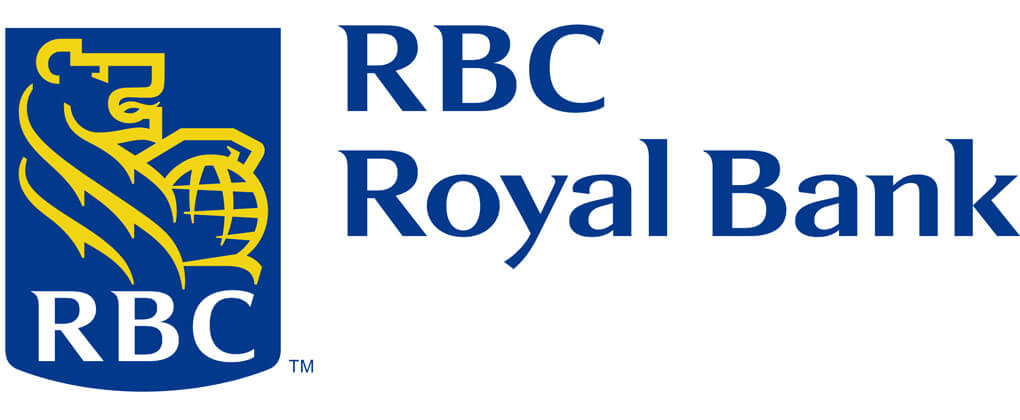
The Royal Bank of Canada is Canada’s largest bank in terms of market capitalization. The bank is listed as one of the world’s systemically important banks. Headquartered in Toronto, it serves more than 16 million clients worldwide. Its financial services include personal & commercial banking, wealth management, investor & treasury services, capital markets, and insurance. The Royal Bank of Canada was established in 1864. As of 2019, it had 82,801 employees and $50.85 billion in revenues.
The Royal Bank of Canada is the largest bank in Canada. But on the global stage, it walks in the shadows of Wells Fargo. Just like Wells Fargo, it has been rocked by customer abuse scandals. In 2017, it was named among five Canadian banks that were asking its employees to mislead and lie to customers to upsell and cross-sell its products.
Conclusion
The top 10 Wells Fargo competitors are: Citigroup, Bank of America, JPMorgan Chase, Goldman Sachs, State Street Corporation, BNP Paribas, Morgan Stanley & Co., U.S. Bancorp, PNC Bank Corp., and Royal Bank of Canada. Their total revenue for 2019 was $600.93 billion. Together, they had 1,135,073 employees. JPMorgan Chase is Wells Fargo’s biggest competitor.
Competitors Stats
| NAME | FOUNDED | HEADQUARTERS | EMPLOYEES |
| Citigroup | 1998 | New York City, New York | 200,000 |
| Bank of America | 1998 | Charlotte, North Carolina | 137,072 |
| JPMorgan Chase | 2000 | New York City, New York | 256,981 |
| Goldman Sachs | 1869 | New York City, New York | 38,300 |
| State Street Corporation | 1972 | Boston, Massachusetts | 39,103 |
| BNP Paribas | 2000 | Paris, France | 198,816 |
| Morgan Stanley & Co | 1935 | New York City, New York | 60,431 |
| U.S. Bank | 1863 | Minneapolis, Minnesota | 69,651 |
| Financial Services Group | 1845 | Pittsburgh, Pennsylvania | 51,918 |
| Royal Bank of Canada | 1864 | Toronto, Canada | 82,801 |

